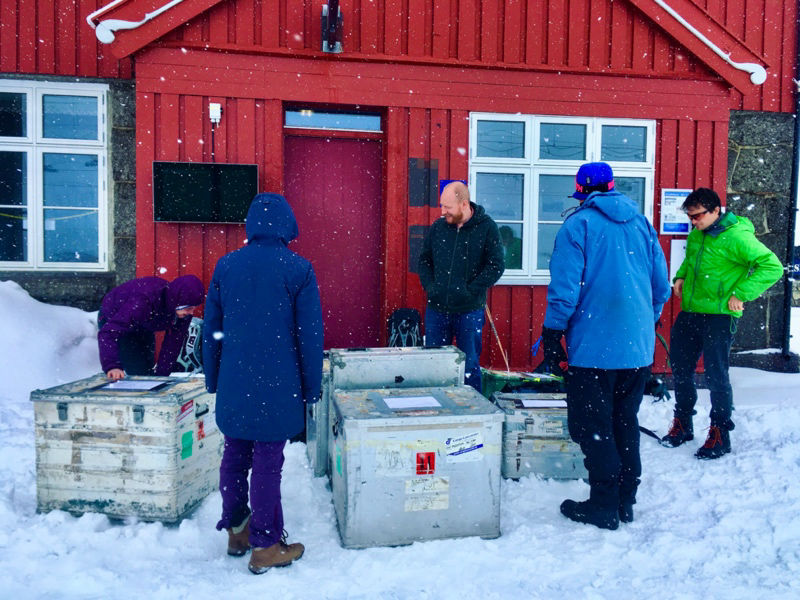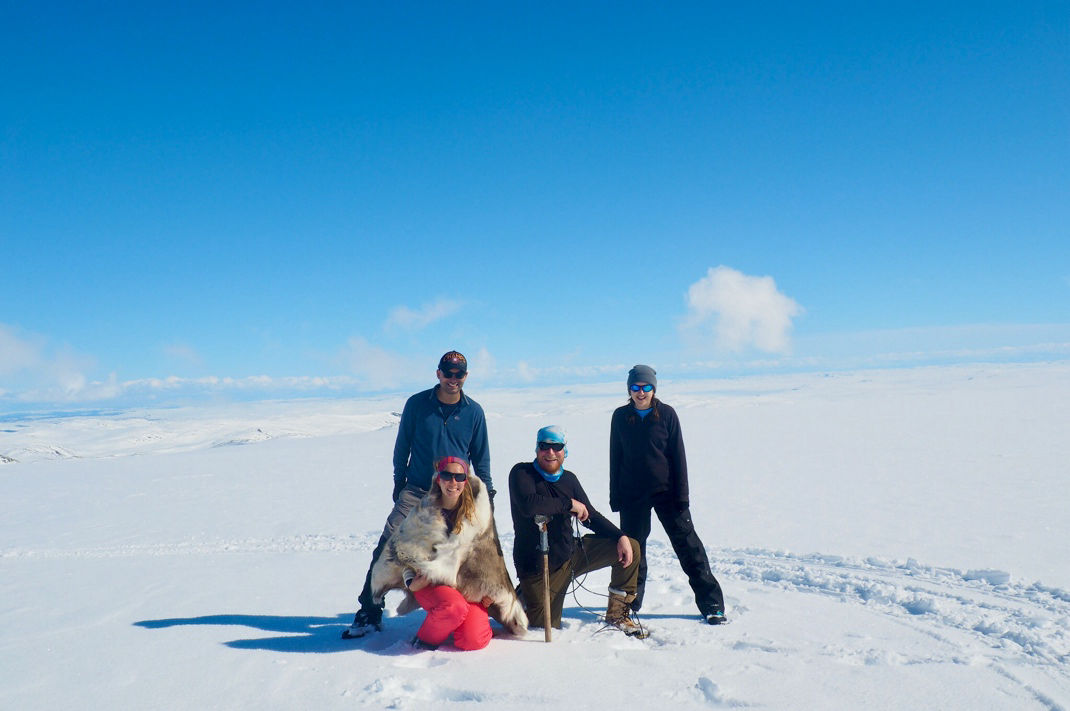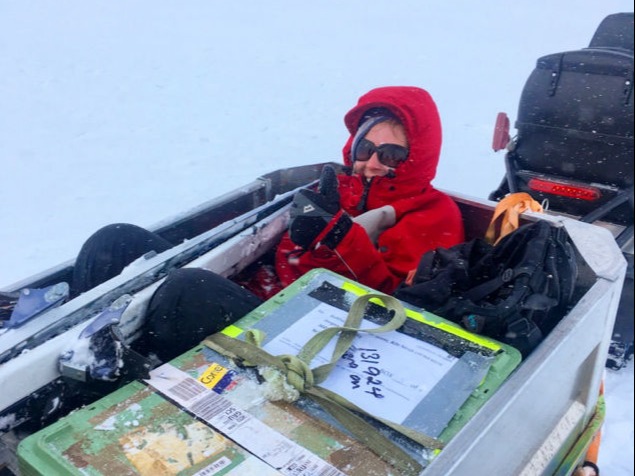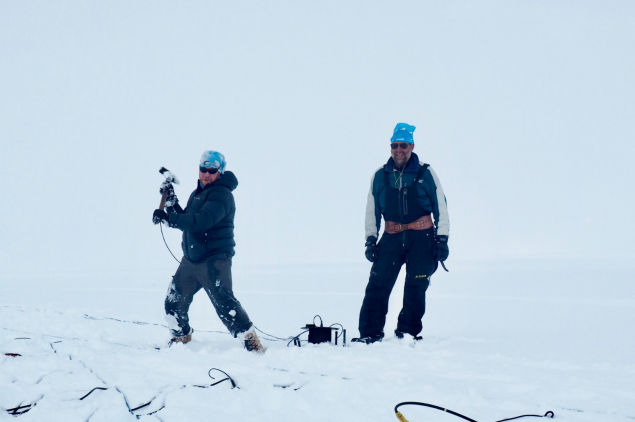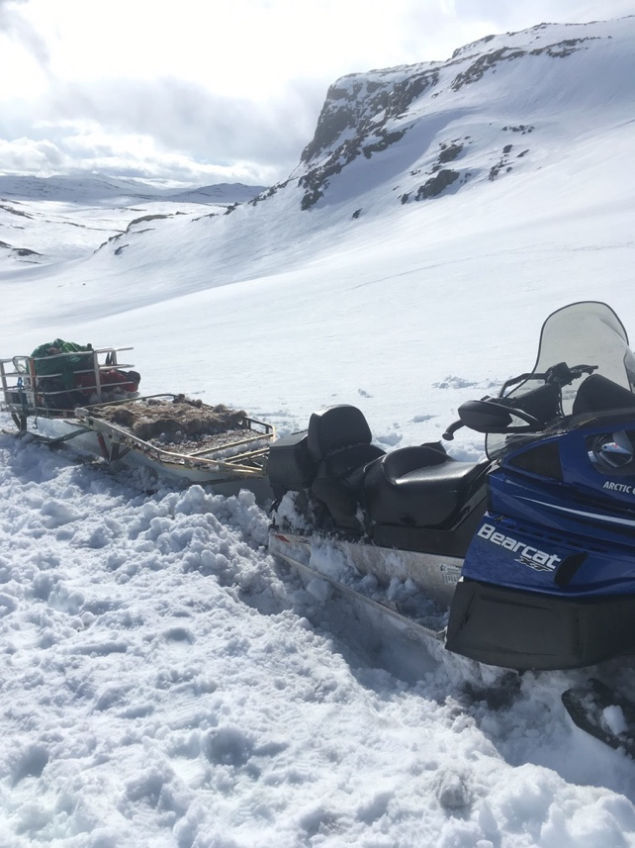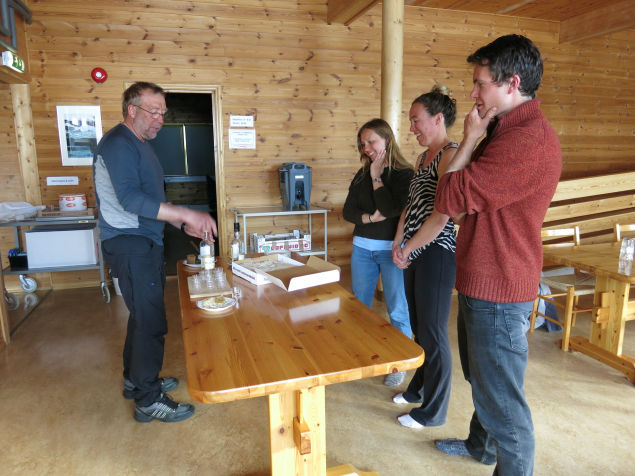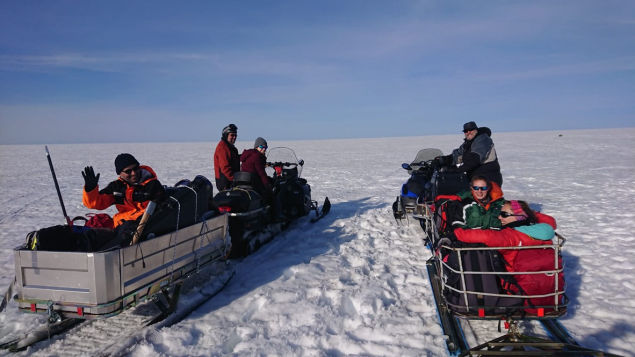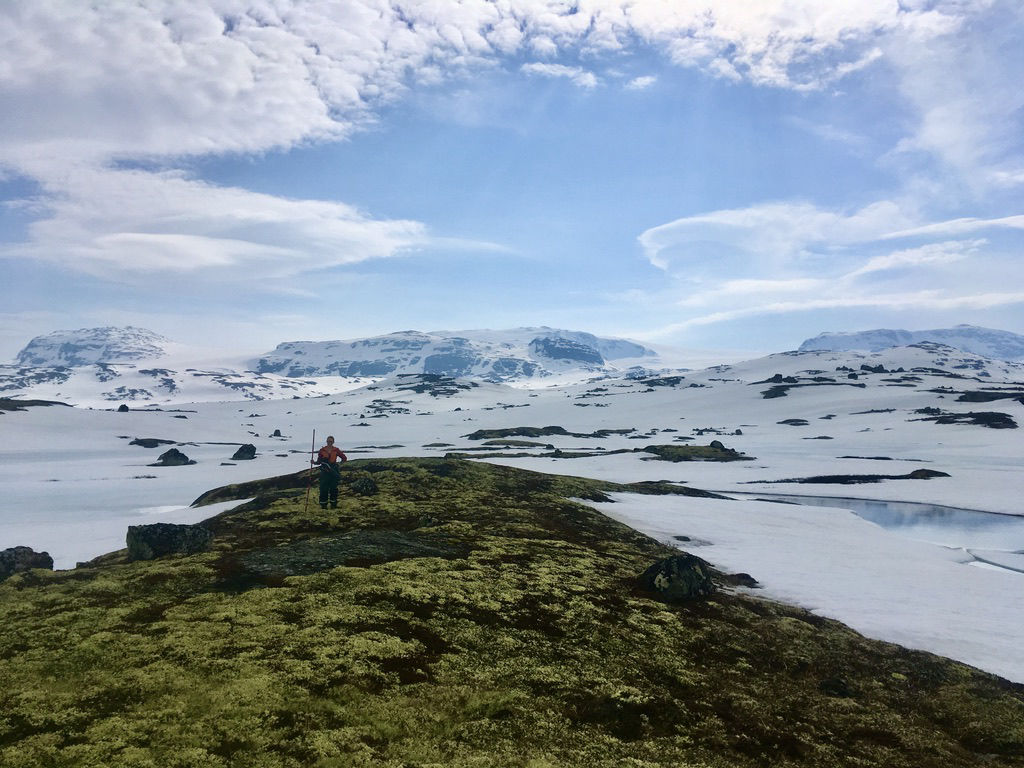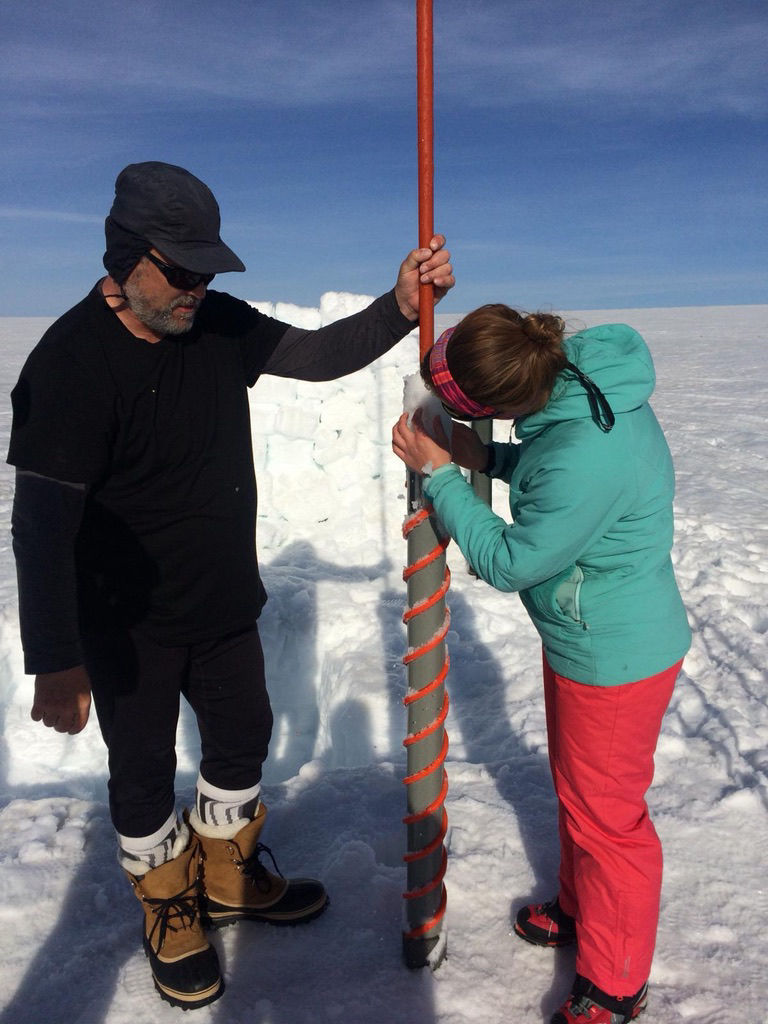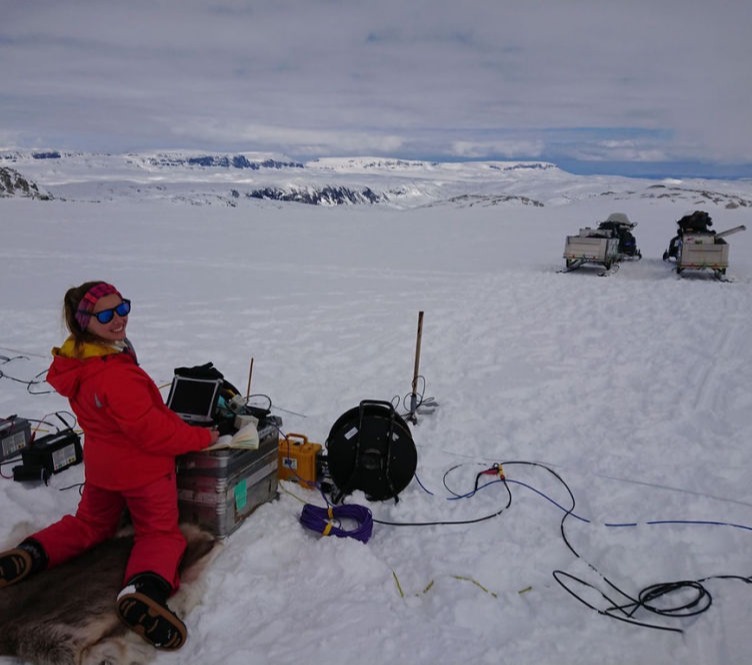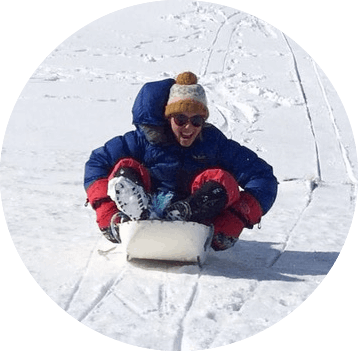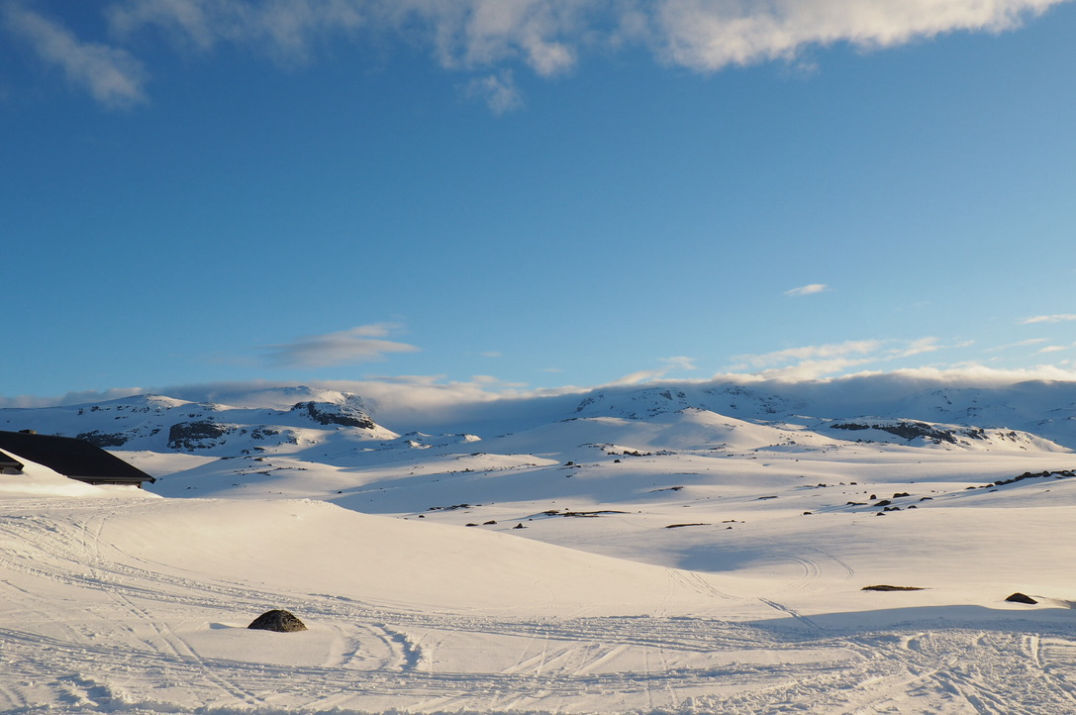
A beautiful day at Finse, Norway
These three reasons combined meant not only was
I able to apply for funding to support my trip
to Norway, (a BIG thank you to EU Interact) it
also meant, due to the accessibility of the
glacier (in comparison to perhaps… Antarctica),
the logistics of testing a geophysical survey
that might not work were relatively easy.
The
plan was to have two field seasons out in
Norway, the first in 2018, where I would scope
out the best places on the ice cap for my
research where there was known firn coverage,
and do some test surveys, and the second a year
later in 2019, where I would collect my final
dataset.
